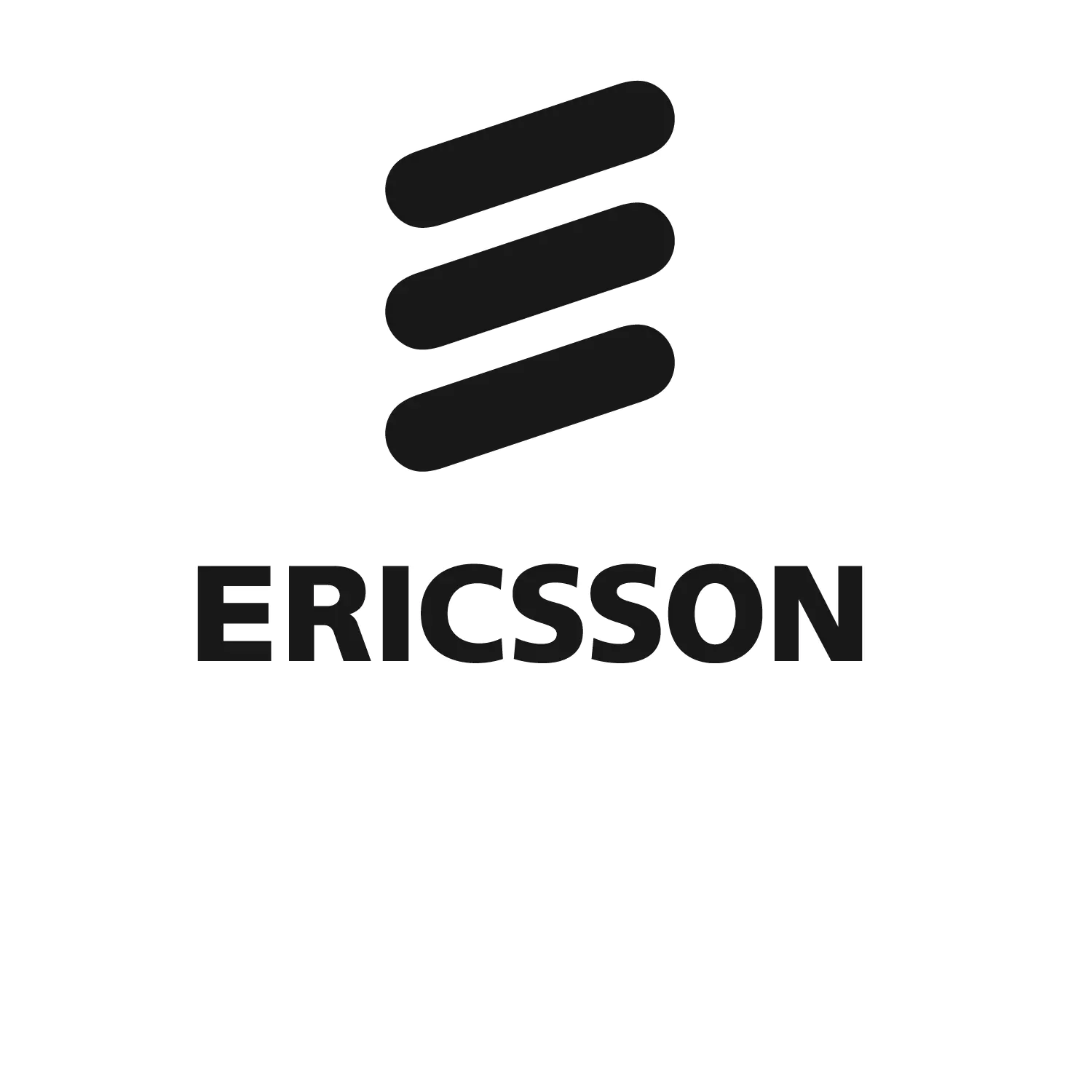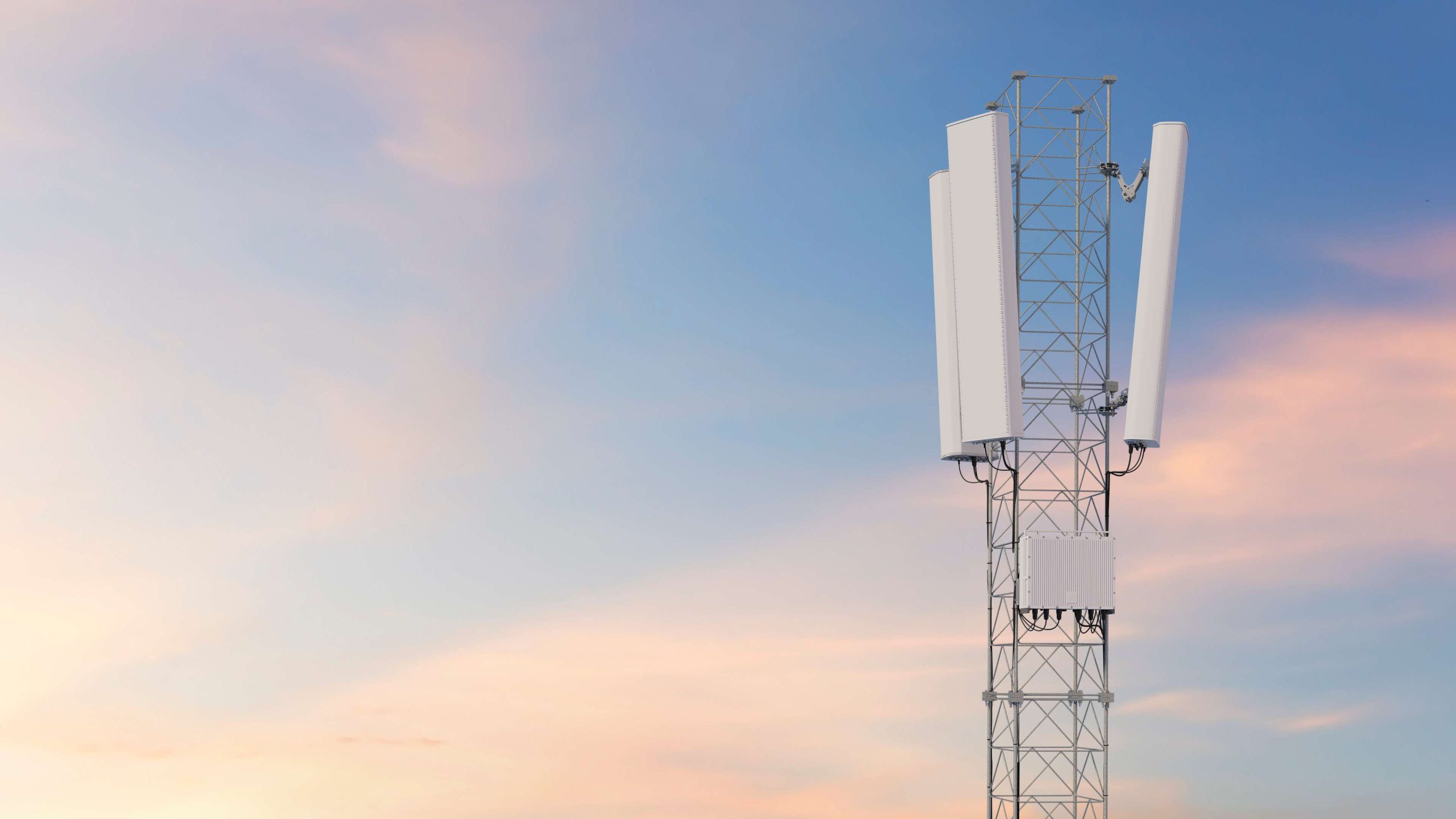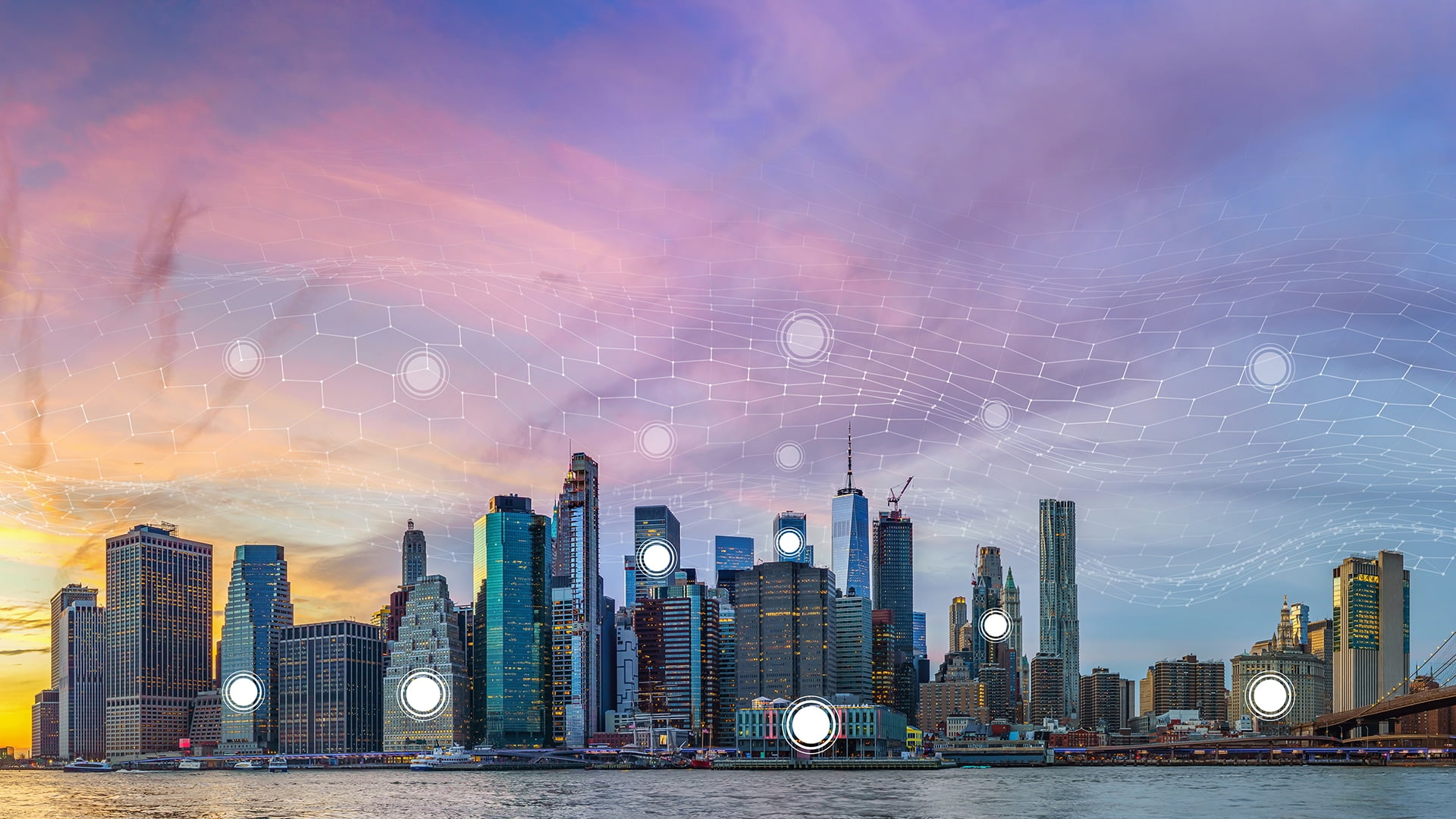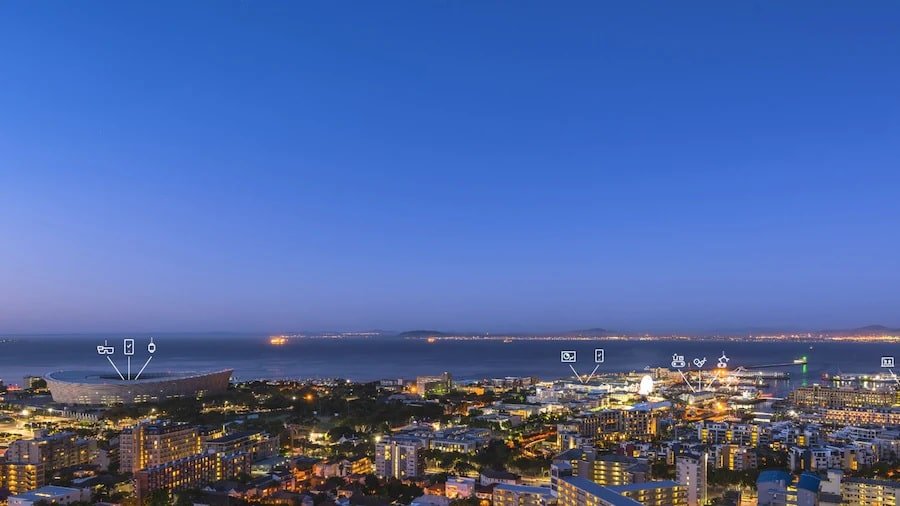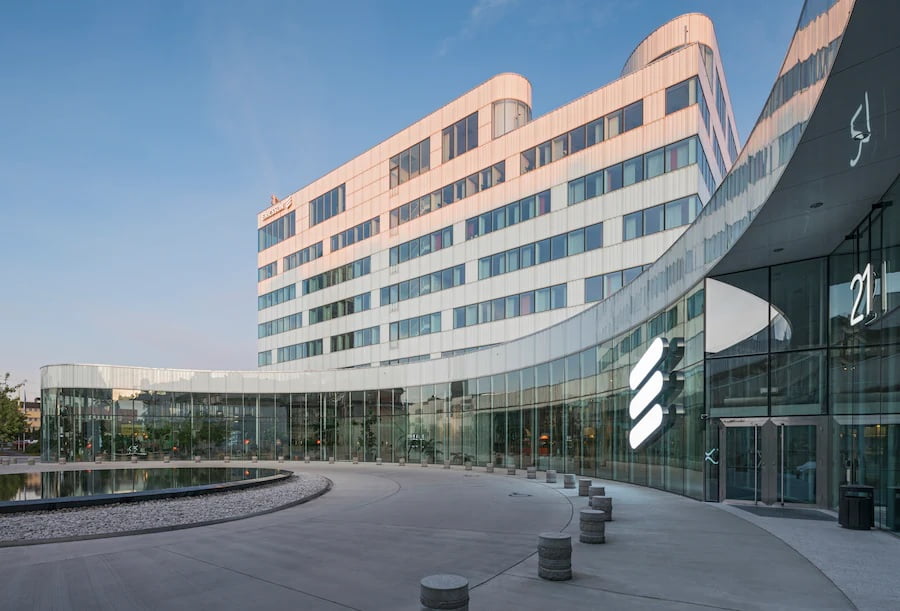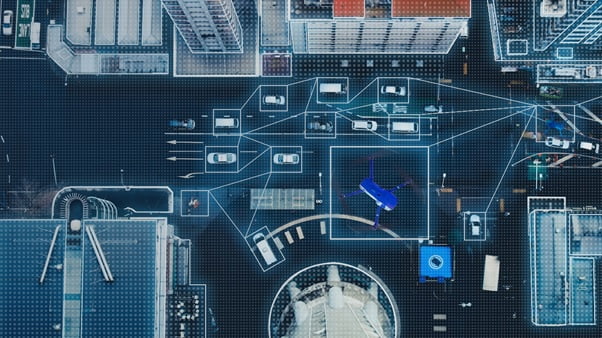- Comprehensive Analysys Mason study spans 15 countries in Asia, Africa and Latin America
- Potential GDP economic benefits vastly outweigh investment costs
- Governments, regulators and policy makers play a key enabling role
- Countries also set to benefit from environmental and social inclusion capabilities
A major new Ericsson (NASDAQ: ERIC) commissioned study by management consulting firm Analysys Mason highlights the potential economic, consumer and environmental benefits of 5G connectivity in 15 national emerging markets. With regulatory and government support, all fifteen countries could benefit from GDP growth between 0.3 and 0.46 percent through 2035, with an estimated three-to-seven-fold cost-to-benefit ratio.
Called the Future Value of Mobile in Emerging Markets, the report examines the impact of multiple 5G spectrum deployment options to facilitate enhanced mobile broadband and fixed wireless access (FWA) across consumer, industry, logistics, rural and public services clusters, and spanning several business case options, including verticals.
The detailed methodology included using national government statistics and reports, Ericsson network insights and innovative mapping techniques – based on population density distribution and existing national infrastructure such as, road and rail networks, and agriculture – to create a cost-to-benefit model across the different deployment options.
Deployment options are based on the starting assumption of having 5G baseline rollout added to existing mobile radio network sites. Additional options explore the extra benefits of adding Low-Band 5G spectrum coverage beyond the baseline (delivering wider geographical coverage at the lower end of 5G capabilities and suited to agriculture or logistics deployments) or Mid-Band 5G spectrum coverage – delivering smaller geographical coverage per site, but with higher capacity and speed, suitable for manufacturing, automation, industry and advanced services.
Expanded Mid-Band 5G coverage is identified as the key success factor – with the potential to deliver about 80 percent of the economic benefits. Benefits from the Smart Industry and Smart Rural clusters account for 85-90 percent of the total economic benefits in each emerging market.
Agriculture is a significant sector in all 15 countries – accounting for up to 10 percent of GDP in some markets. The report estimates that enhanced rural 5G coverage could deliver up to 1.8 percent uplift in long-term GDP from agriculture. 5G will also promote sustainable farming methods, increase efficiency and reduce agricultural waste.
Study findings include:
- Baseline 5G deployment cost is estimated between USD 3-8 billion per country. An additional 20-35 percent investment is required to extend coverage
- Extending coverage beyond the baseline can generate significant GDP benefits from industrial adoption, especially from mid-band coverage extension
- Most countries are expected to generate overall economic benefits (GDP) three-to-seven times higher than the incremental cost of extending coverage
- Results suggest 5G mobile broadband can generate consumer surplus between USD 1-10 billion per country, with coverage extension giving 20-30 percent extra consumer surplus
- The social benefits enabled by 5G will be greatest from 5G-based FWA, smart factories, freight and logistics, agriculture and healthcare use cases
- Adopting 5G can help reduce emissions by supporting digital transformation in agriculture, freight and logistics, smart factories and construction
The study highlights how governments, regulators and policy makers can support the 5G ecosystem to deliver the benefits.
These include treating 5G as a national infrastructure with a 5G national strategy and roadmap; implementing 5G spectrum policies that facilitate speedier and widespread deployment, including trading off spectrum fees for deployment targets that meet connectivity policy objectives; implementing policies and procedures to make infrastructure deployment and site upgrades easier; working with communications services providers to enhance coverage in areas where commercially-led solutions are not viable; incentivizing the use and prominence of 5G in industry and manufacturing; promoting 5G in the public sector and promoting the environmental benefits of 5G solutions.
Andrew Lloyd, Head of Government and Policy Advocacy, Ericsson, says: ”This Analysys Mason Future Value of Mobile in Emerging Markets report provides a detailed breakdown, based on comprehensive research into realistic and achievable scenarios in each of the 15 countries, of the potential economic, social, environmental and national benefits of 5G in these markets. With the backing of governments, regulators and policy makers, each of these 15 countries, and their citizens, stand to benefit significantly from 5G connectivity. In addition to economic benefits, 5G can also reduce climate impact, increase social inclusion, wellbeing and tackle the digital divide in areas where fixed infrastructure availability is poor.”
Janette Stewart, Partner, Analysys Mason, says: ”The study highlights the benefits from having the right spectrum available for 5G deployment, both for geographic coverage, for which the low-bands are very suitable, and in the 3.5GHz band where most of the high-capacity 5G deployments in other markets are already taking place.”
The countries addressed in the report research are Bangladesh, Brazil, Chile, Colombia, Egypt, India, Indonesia, Malaysia, Mexico, Morocco, Nigeria, Pakistan, South Africa, Thailand and Turkey.

